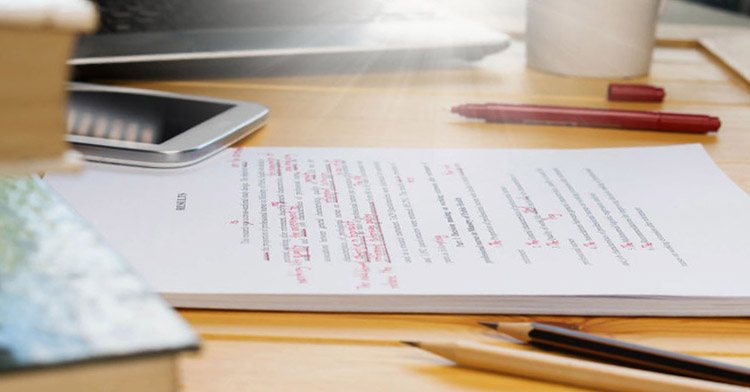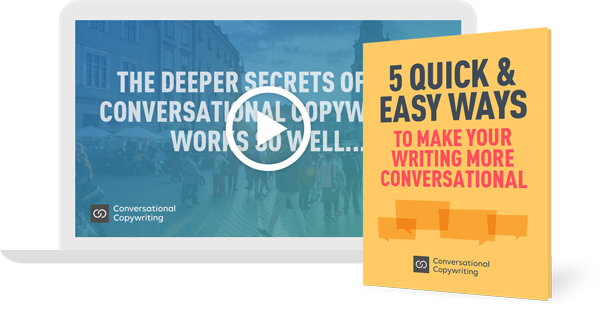
Who would have thought it?
You’d think that writing conversationally would just roll off the tongue… like talking.
And it does.
That’s the trouble.
Yes, it’s trouble.
Because if you actually record what you say in conversation, and then transcribe it, it’s a mess.
Lost for the right words. Clumsy sentences. Repeating yourself. Using ten words when two would do the job just as well.
This, of course, is doubly true if you’re having a conversation with friends over multiple rounds of drinks.
Like I said. A mess.
It turns out that when we write conversationally, we’re writing a cleaned up and highly edited version of how we actually talk.
I’m having to work harder at my own writing.
Back when I was writing more traditional sales copy, I could get it written and proofed pretty quickly.
I’ve been doing this for decades. I’m really familiar with the structure and flow I need to aim for when writing a sales page or promotional email.
After the first decade or so it does get easier! : )
But when you write conversationally, it’s a little different.
Yes, you still need an underlying structure. You need an opening, a middle and a close.
But there’s more you need to do.
Let me see if I can explain this…
Try reading your latest sales copy to a friend, face to face.
Let’s say you write some sales copy in the old-school, broadcast style.
A little pushy. A little adversarial. But some solid copy.
Now read that out loud to a friend, face to face.
It’s going to sound weird. It’s going to sound just like what it is… a one-way sales pitch.
I’ve done that. I’ve read sales copy to a friend. It felt weirdly awkward… like I should apologize when I was done, or something.
As a conversational copywriter, we want to do things a little differently.
We’re going to keep the underlying structure… the beginning middle and end. We still need to close the sale.
But we’re going to replace some of that sales language… and some of that awkward, pushy stuff… with a more conversational voice.
The conversational part is going to put our readers at ease. Conversational language is disarming.
Double the benefit on the one page… and, it seems, an extra rewrite or two.
Conversational copywriting brings you the traditional structure of a strong sales message, but without the pushy parts.
We replace the pushy, adversarial parts with engaging, conversational parts.
And then, well… it seems we have to do some extra proofing.
We need to get some of that “mess” out of the conversational language.
I get that.
And the extra round of rewrites doesn’t bother me at all.
Rewrites are good when it means you can create something just a little bit better.
And a little more conversational.
Note: If you want to get some professional-grade training in the craft of conversational copywriting, find out about the Conversational Copywriting course here…

So glad to hear you find it tough as well. Another aspect is finding and writing in the client’s voice. I’m finding this a fun and fascinating aspect of conversational copywriting. I’m listening closer (good thing) and then writing how they think they sound.